No matter how sophisticated and well armored a tank may be, it will only perform as well as the crew controlling it. This is perhaps better illustrated if one thinks of the crew as an integral, indispensible component of the overall machine.
In the past, especially in the early days, the tank had a large crew, as many as eighteen men in the case of the German A7V, and often six, seven or eight was considered necessary with most heavy tanks of World War I.
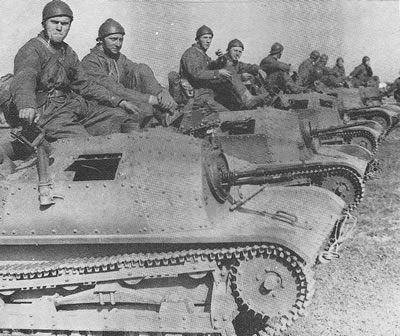
In lighter tanks however there has been as few as two men operating the fighting vehicle, in such vehicles as the little French Renault FT 17 and the adapted FT 17 Two-Man-Tank from America.
However, as the art of tank battle and tank design progressed into World War II the average-sized tank would have a crew of four men: a driver, a gunner, a gun-loader/radio operator and a tank commander, all working as a team in their special positions within the tank. The driver was at the front, usually with a little viewing hatch and escape hatch right in front of him, and would sometimes have control of a forward-pointing machinegun, which in some cases would be handled by a fifth crewman, or co-driver.
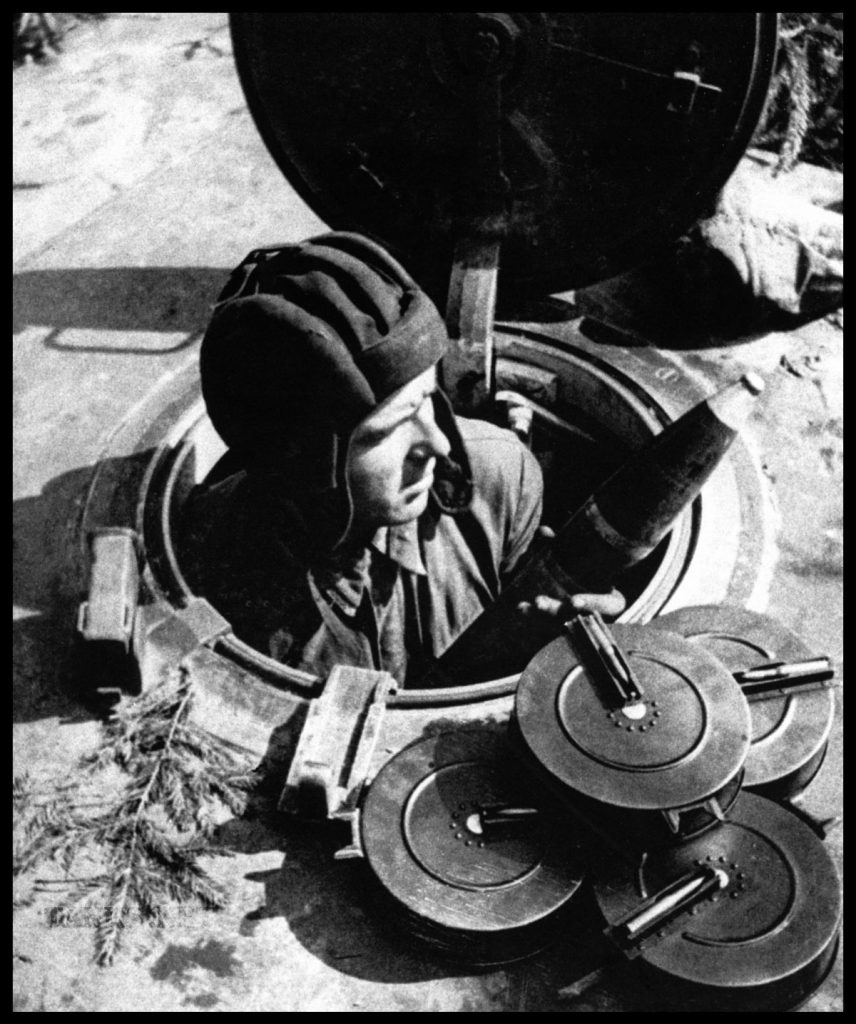
The rest of the crew was in the fighting compartment, usually with access to their own individual escape hatches. The commander would direct the movements of the tank, or group of tanks, while the gunner would aim and fire the main weapon of the tank and the loader would be in charge of choosing, at the oders of the commander, and loading the correct ammunition – usually high explosive (HE) for enemy troops and buildings etc, or armor piercing (AP) for other tanks and armored fighting vehicles (AFVs).
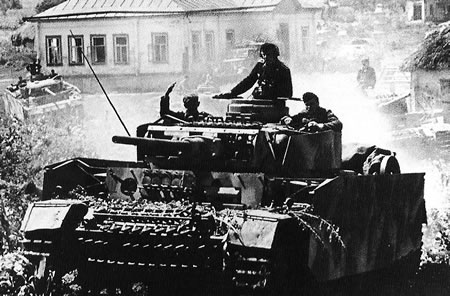
In the early tanks the crew were given uncomfortable chain-mail masks to protect them from bits of flying metal, called spawl, chipped from the hull interior by enemy bullets, and molten led, called flash, created when bullets penetrated the hull. This protection, in the heat and smoke of the cabin, was often so uncomfortable that the crew would forgo the protection and take their chances. By World War II things were a little better as the armor was impervious to bullets, made from cast shapes instead of riveted plates of metal, but the commander was often in considerable danger because he spent a lot of the time with his head sticking out above the tank, making observations with binoculars and waving orders to other tank commanders.
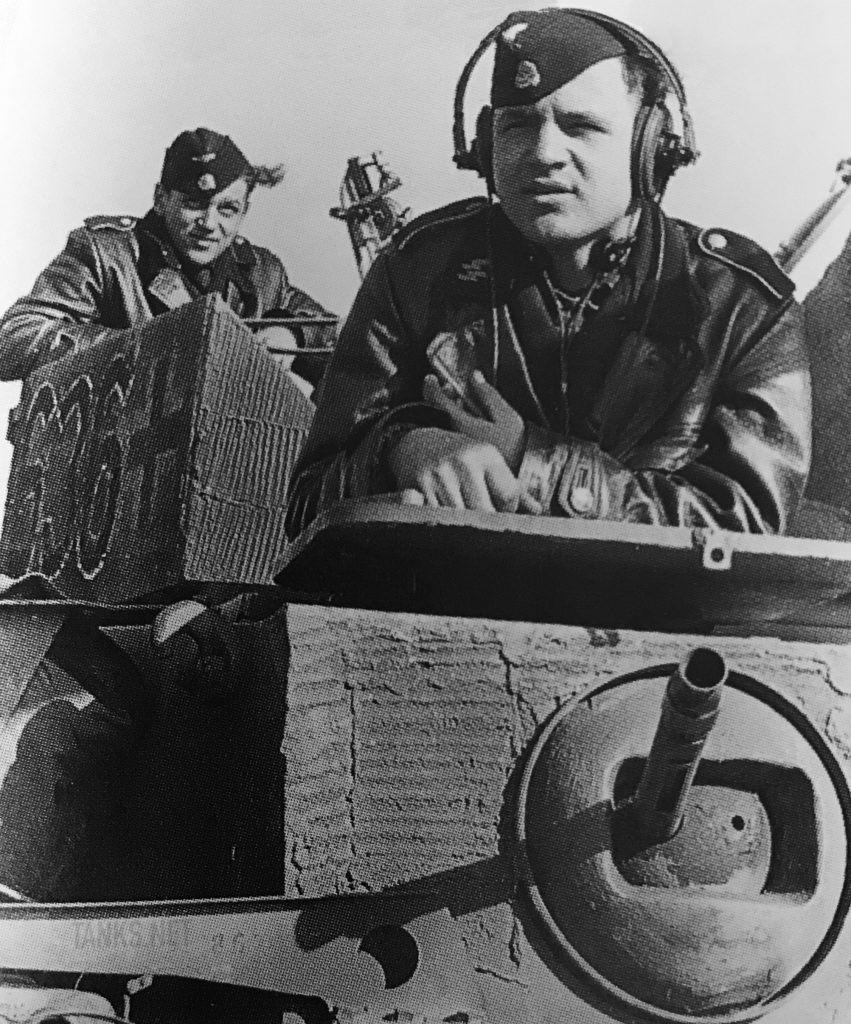
In modern tanks the crew can live inside their vehicle, locked down, for days, or even weeks at a time, without coming outside. The modern tank is sealed from radiation, nuclear fallout and poisonous gases, with special air filters in the pressurized cabin, so the crew can stay inside in light clothing and relative comfort, eating, sleeping and toileting inside their tank in much the same way astronauts survive in space or submariners live beneath the ocean.
In the past, as with most branches of the armed forces, tank crews have been all male – though there have been instances of females fighting for the Russian Red Army in World War II – but this is starting to change. More and more woman are being integrated into all areas of the armies, navies and air forces of the world, so tank crews are also becoming integrated.
In very modern tanks some of the crew jobs are being automated, taken over by robots and computers. One of the first and most obvious choices one might think of for replacement is the weapons loader. A robot mechanism could easily load the gun at the press of a button, even selecting the right type of shell depending on the target. However, the gun loader’s tasks often include other duties, such as maintaining the ammunition, guns and related mechanisms. Removing the loader would also mean you’d be a crew person down, so that taking watch would be shared by less people and the entire crew would get less rest.
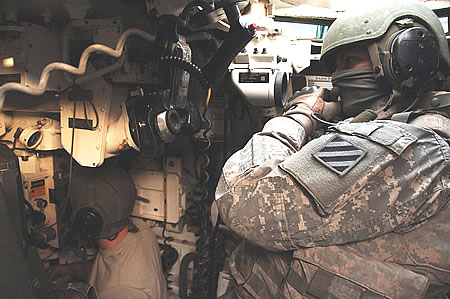
As tanks have become more sophisticated, the job of each crew member has become more complex, especially for the commander who has to listen to radio messages via headphones in his or her helmet, read maps on paper and computer screens, tell the driver where to go, locate and assign enemy targets, tell the gunner where and when to shoot and choose the correct ammunition for the loader to select and, if they’re the commander of a unit, make sure the other tanks are following the plan. The only member of the tank crew whose job seems to be getting easier, and more fun as speeds increase, is the driver. Modern tanks are becoming so easy to drive that you only need one control stick and the computers sort out the rest, though you do need nerves of steel to be sat up front of a fifty-ton tank, belting along at forty or fifty miles per hour.
On the battlefield the tank crew is a unique type of small team, working together with a larger team made up of teams like themselves and supporting infantry. Though it is possible, tanks hardly ever work alone. The success of a tank in battle is much increased by using them in packs or units, which themselves are part of a much larger unit or platoon. And even then they need back-up engineers and infantry to get the best use out of them, especially when overrunning urban areas and constrained battlegrounds. Tanks are all about teamwork. In fact one could argue that tank operations are the epitome of teamwork, from the top and all the way down to the individual tank crew with its tank commander giving directions.
